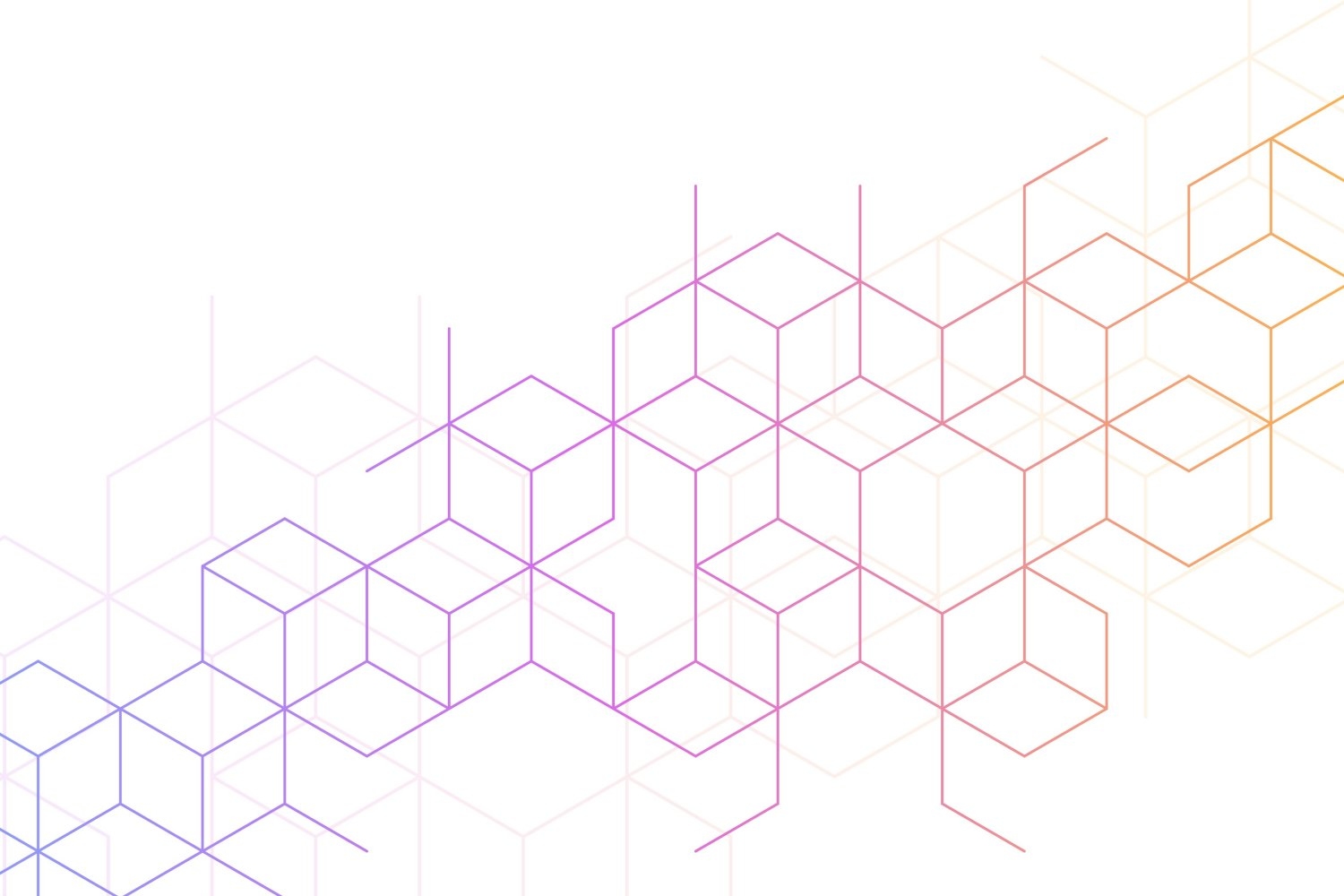Google DeepMind has unveiled a comprehensive white paper detailing the security advancements embedded into Gemini 2.5, making it the most secure iteration of the model family to date.
Understanding the Threat: Indirect Prompt Injection
As AI agents like Gemini become more deeply integrated with personal data sources—from emails and calendars to online content—they’re increasingly vulnerable to indirect prompt injection attacks. These are subtle manipulations embedded in seemingly harmless data, designed to trick the model into misbehaving, leaking sensitive data, or performing unintended actions.
Key Defense Strategy: Automated Red Teaming (ART)
To proactively uncover vulnerabilities, DeepMind developed an automated red teaming system. This internal tool simulates real-world attack scenarios, stress-testing Gemini’s defenses against manipulative prompts. The insights from ART have been instrumental in developing and refining defensive mechanisms, significantly boosting Gemini’s resilience.
Evaluating and Strengthening Baseline Defenses
Initial efforts using static mitigation strategies like spotlighting and self-reflection proved effective against basic attacks. However, adaptive attackers—those who evolve their methods in response to defenses—quickly identified and bypassed these static layers. This highlighted the need for more robust, dynamic security measures.
Model Hardening: Building Security from Within
Beyond external safeguards, DeepMind focused on reinforcing Gemini’s own ability to resist manipulation. This process, known as model hardening, involved fine-tuning Gemini on datasets containing realistic, malicious scenarios generated by ART. As a result, Gemini learned to detect and ignore embedded instructions while still completing user-intended tasks accurately.
This intrinsic resilience allows Gemini to maintain high performance even when faced with complex, evolving threats—without sacrificing its utility or speed. These enhancements are a key highlight of the Gemini 2.5 upgrades, which have made the model smarter, faster, and more secure.
Adapting to Evolving Threats
One of the most critical findings was that static defenses offer a false sense of security. As attack methods grow more sophisticated, defenses must also evolve. Google’s approach involves continuous testing with adaptive attacks to evaluate the real-world robustness of Gemini’s security layers.
Defense-in-Depth: A Holistic Security Approach
DeepMind’s philosophy centers around “defense-in-depth”—a multi-layered protection system combining:
- Model hardening
- Input/output validation
- System-level guardrails
- Ongoing adaptive testing
This strategy ensures that even if one defensive layer is compromised, others remain in place to reduce risk and maintain trustworthiness.
Commitment to Secure AI Development
While Gemini 2.5 represents a major leap forward in AI safety, Google DeepMind acknowledges that no system is entirely immune to future threats. The ongoing goal is to make exploitation increasingly difficult and resource-intensive for attackers, setting a high bar for security standards in AI.
Moving Forward
Google DeepMind’s latest white paper, Lessons from Defending Gemini Against Indirect Prompt Injections, offers an in-depth look at the technical strategies and research insights that went into fortifying Gemini.
As the capabilities of AI continue to grow, so does the responsibility to ensure they are built safely and ethically. Through innovations like automated red teaming, model hardening, and adaptive testing, DeepMind is setting a new benchmark for secure AI development.







